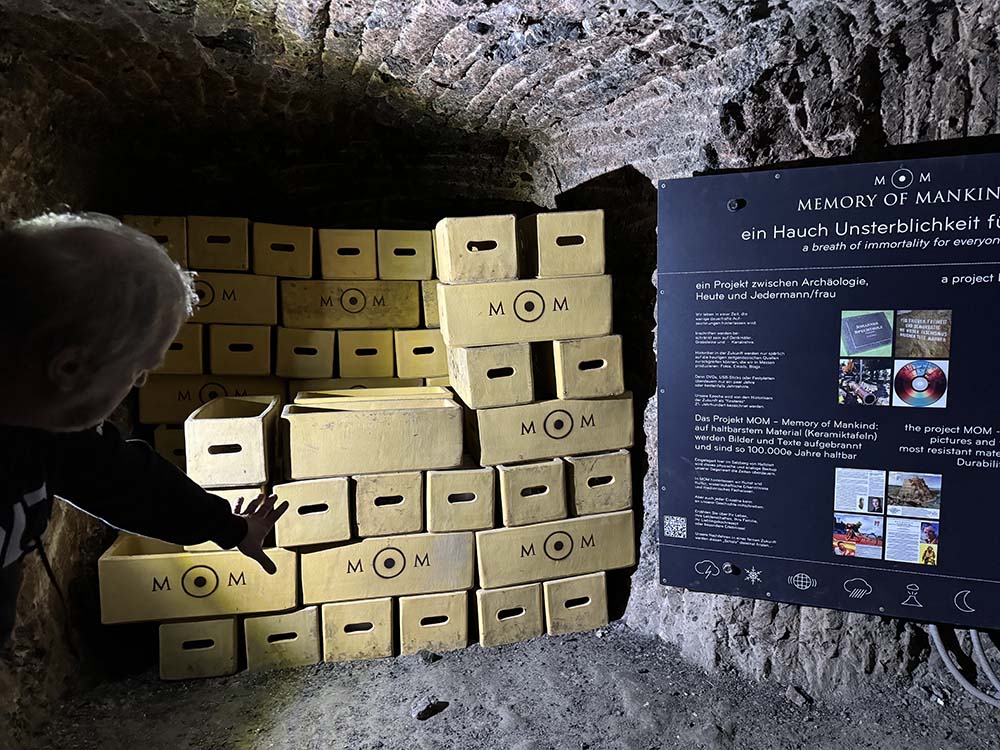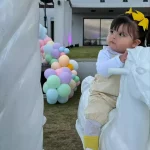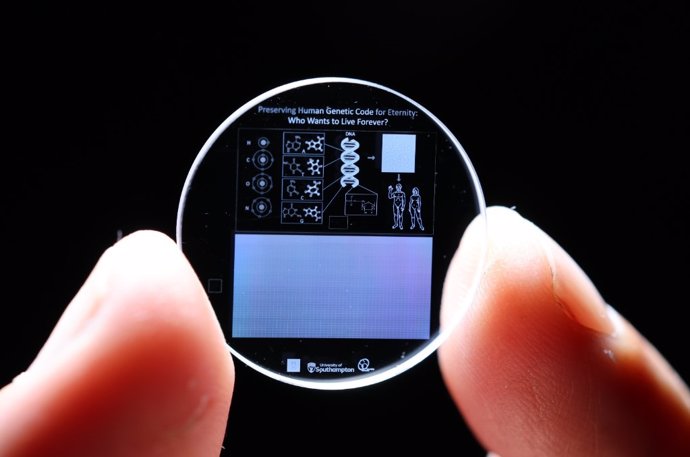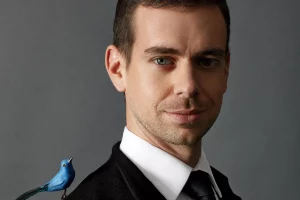5D crystal memory preserves the human genome – SOUTHAMPTON UNIVERSITY
September 20 () –
Scientists from the University of Southampton They have stored the entire human genome in a 5D memory crystal, a data storage format that can survive billions of years.
The team hopes the crystal can provide a model to rescue humanity from extinction thousands, millions, or even billions of years into the future, science permitting. It has been stored in a salt mine in Austria.
The technology could also be used to create a lasting record of the genomes of endangered plant and animal species.
The 5D memory crystal was developed by the University of Southampton’s Optoelectronics Research Centre (ORC).
UP TO 360 TERABYTES OF INFORMATION
Unlike other data storage formats that degrade over time, 5D memory crystals can store up to 360 terabytes of information (at the largest size) without loss for billions of years, even at high temperatures. It holds the Guinness World Record (awarded in 2014) for the longest-lasting data storage material.
Crystal is the equivalent of fused quartz, one of the most chemically and thermally durable materials on Earth. It can withstand extreme temperatures, both high and low, freezing, fire and up to 1000 °CThe glass can also withstand a direct impact force of up to 10 tons per cm2 and remains unchanged despite prolonged exposure to cosmic radiation.
The Southampton team, led by Professor Peter Kazansky, uses ultrafast lasers to precisely inscribe data into oriented nanostructured recesses within silica, with feature sizes as small as 20 nanometres.
Unlike marking only on the surface of a 2D sheet of paper or magnetic tape, this coding method uses two optical dimensions and three spatial coordinates to write on the entire material, hence the “5D” in its name.
The longevity of the crystals means that they will outlive humans and other species. Currently, it is not possible to synthetically create humans, plants and animals using genetic information alone, but in recent years, new technologies have been developed. Major advances in synthetic biologyin particular the creation of a synthetic bacteria by Dr. Craig Venter’s team in 2010.
“We know from the work of others that genetic material from simple organisms can be synthesized and used in an existing cell to create a viable living specimen in a laboratory,” says Professor Kazansky. in a statement.
“The 5D memory crystal opens up possibilities for other researchers to build an eternal repository of genomic information from which complex organisms such as plants and animals could be restored if science allows in the future.”
STORED IN AN AUSTRIAN SALT MINE
To test this concept, the team created a 5D memory crystal containing the entire human genome. For the genome’s roughly 3 billion letters, each letter was sequenced 150 times to ensure it was in that position. The deep-read sequencing work was done in collaboration with Helixwork Technologies.
The crystal It is stored in the Memory of Humanity archive, a special time capsule inside a salt cave in Hallstatt, Austria.
In designing the crystal, the team considered whether the data it contains could be retrieved by an intelligence (species or machine) that comes after us in the distant future. In fact, they could be found so far in the future that no frame of reference exists.
The visual key inscribed on the glass lets the finder know what data is stored inside and how it might be used,” says Professor Kazansky.
Above the dense planes of data it contains, the key shows the universal elements (hydrogen, oxygen, carbon, and nitrogen); the four bases of the DNA molecule (adenine, cytosine, guanine, and thymine) with their molecular structure; their location in the double helix structure of DNA; and how genes are positioned on a chromosome, which can then be inserted into a cell.
To get a visual indication of which species the 5D memory crystal belongs to, the team paid homage to the plates of the Pioneer spacecraft that NASA launched on a path to take it beyond the confines of the solar system.
“We don’t know if memory crystal technology will ever follow these cards in terms of distance traveled, but it can be expected with a high degree of confidence that each disk will outlast its survival time“, adds Professor Kazansky.






![[Img #73864]](https://thelatestnews.world/wp-content/uploads/2024/09/Risk-of-large-ice-blocks-breaking-off-in-Greenland-is-150x150.jpg)







![[Img #73859]](https://thelatestnews.world/wp-content/uploads/2024/09/Sir-Henry-Bessemer-The-engineer-who-transformed-steel-production-300x200.jpg)
Add Comment